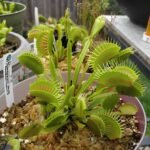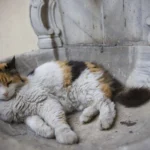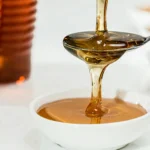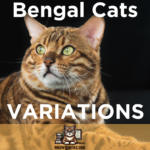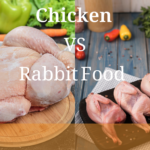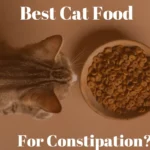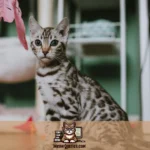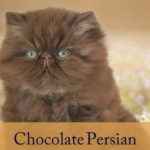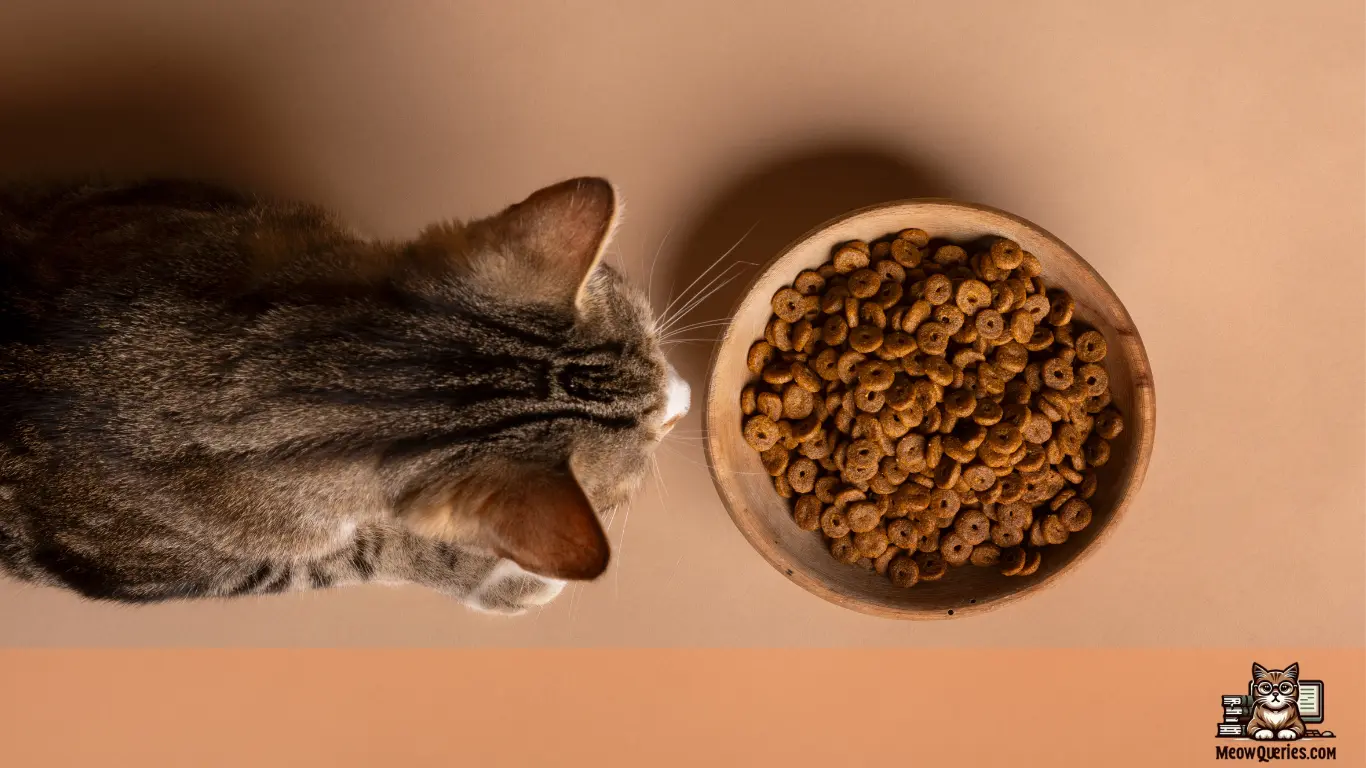
Faecal indigestion is treatable, but selecting the correct diet for cats is of utmost importance. Below is a detailed guide along with some pictures that will enable the identification of the possible cause of cat constipation issues, the signs that may indicate this condition, and the foods that may be taken in an effort to alleviate this condition.
What Are the Signs of Constipation?
Below are the symptoms of cat constipation:
- Straining in the litter box
- Hard, dry stool
- Sadness or pain when having a bowel movement
- Decreased appetite
- Vomiting
- Lethargy
- Blood in the stool
- Abdominal pain
- Drinking tiny durations of liquid faeces
What is the Difference Between Constipation and Obstipation?
Constipation is defined as the occasional passage of the fetus that may be described as painful and displeasing. If they are left alone, they can progress to obstipation, where the large intestine becomes filled with round compact stools, and the cat cannot pass them. In severe cases the sigmoid colon becomes thickened, a condition referred to as megacolon and the blocked material may need medical attention or surgery.
Obstipation is a long-term problem that usually develops from prolonged constipation that leads to impaired function of the colon. These cases typically need intervention through a vet’s advice to help ease the blockage and get the digestive system back on order.
You may Also Like: Silver Bengal Cats
How Many Bowel Movements Should a Cat Have Per Day?
A healthy cat will defecate once a day. If a cat is on a high-fibre or wet diet, then it may poo more often. Hence, it is important to ensure that they are consistent in their tasks and to check the frequency often to detect changes.
What Causes Cat Constipation?
Dehydration and dry cat foods increase the risk of constipation. Raw food diets, which contain less fibre than dry kibble commercial foods, are another cause of constipation. Because cats are intrinsically low-thirst animals, they get easily dehydrated, especially when fed dry foods without a provision of water.
Such conditions as chronic illness, stress, or injuries that may affect the digestion process of the human body can equally be considered as a cause of constipation. Other environment-related factors such as litter box aversion may worsen the situation. Wet Cat Food can also cause constipation in your cat.
Chronic Kidney Disease: A Likely Cause of a Constipated Cat
Feline kidney disease affects the kidney’s capacity to retain fluids, and the tract causes hard fences and conditions such as dehydration. This condition can only be handled to prevent worsening by controlling the factors causing kidney disease and constipation.
For better cat health, the mere administration of subcutaneous fluids and feeding the cats with wet food and some water added to it relieve them. They also may prescribe B12 supplements to improve energy and the function of the gastrointestinal tract.
Inflammatory Bowel Disease (IBD)
IBD results in the chronic inflammation of the gastrointestinal system and interference with bowel rhythmicity. Switching back and forth between diarrhoea and constipation is not unusual, and diet and regular check-ups with the veterinarian are mandatory.
Arthritis May Also Cause Constipation
Demodex gatoi may cause discomfort in Arthritic cats, leading to abandoning the litter box during movement. This leads to the formation of hard round stool, thus having tendencies to cause constipation in the long run.
Hyperthyroidism
Although the cases of hyperthyroidism enhance peristalsis, the chronic impacts may lead to the deterioration of energy the body possesses to mount such contraction, hence developing constipation.
Cats That Are Overgrooming and Long-Haired Cats with Constipation
Over-grooming causes the accumulation of hair in the gastrointestinal tract, which in turn results in faecal impaction. They recommend grooming the teeth every day to avoid this problem and to eat foods that are high in fiber.
You May Also Like: Can cats eat Sardines
Feline Obesity
Less active obese cats get less gut motility, which then results in constipation. When undertaken as a program for weight loss, consisting of a high-fibre diet and exercise, constipation does not occur.
The Root Causes and Predisposing Conditions
Hypnogenic effects of drugs or organic causes like stress, injury, or chronic disease in cats can lead to constipation. This means a quicker diagnosis of such problems as they are likely to develop early on.
Dehydration
This is because the bowel movements are dry and hard, hence difficult to pass when a person avails himself of water. Another section noted that constant intake of water should be checked to avoid instances of constipation.
How Can I Encourage My Cat to Drink More Water?
It is recommended to have as many dishes with water as possible throughout the dwelling.
If your cat is suffering from constipation, try using a water fountain, as it will help attract the cat.
- Place multiple water bowls around the house.
- Use a water fountain to attract your cat.
- Add unsalted broth to meals.
- Provide wet or canned food.
- Offer ice cubes for play and hydration.
- Ensure clean, fresh water daily.
- Create private drinking areas to reduce stress.
Food for Constipated Cats
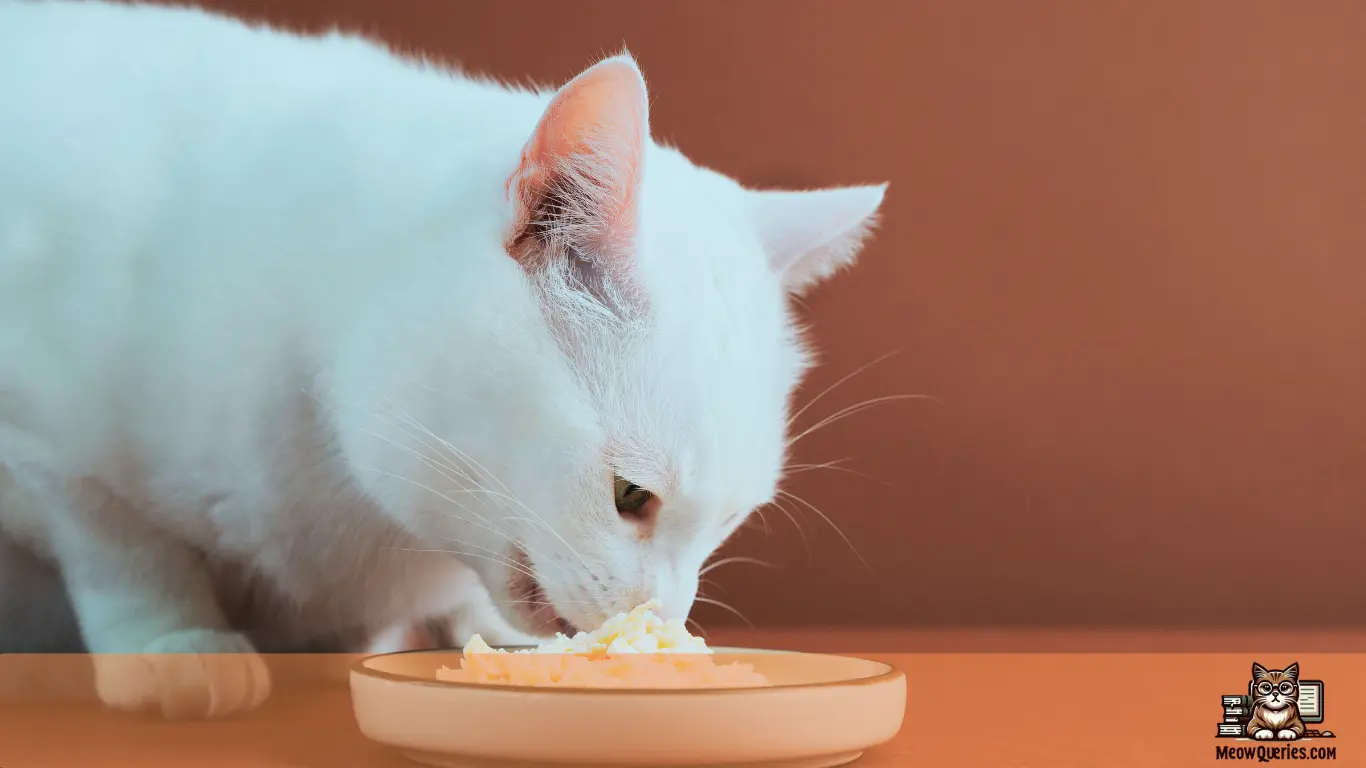
Wet food is especially suitable for cats because it provides them with the necessary moisture, which any dry food hardly contains and may lead to constipation. The deliberate inclusion of fibre-rich commodities such as pumpkins can also facilitate bowel movement.
Can Dry Food Make a Cat Constipated?
Yes, dry food can make your pet dehydrated, and their stool will be more challenging. Picking water consumption if fed on mostly dry cat food should be looked at by cats as suitable since it will help flush their kidneys.
What to Avoid
Do not feed your dog food only diets and human laxatives because they only worsen the condition of constipation and are bad for the health.
What to Include
Introduce wet food and include fiber-promoting supplements such as pumpkin in the diet.
The Role of Fiber
Fibre is more so improves bowel movement by increasing the size of faeces passed. But, when fiber is taken in large quantities without taking water, it will compound the problem of constipation.
Insoluble vs. Soluble Fiber
Insoluble fibre keeps faeces moving through the digestive system, whereas soluble fibre feeds the friendly bacteria of the gastrointestinal tract.
Pet Food Labels and Fiber-Rich Foods
Learn about pet food packaging with fibre content mentioned on the packaging. It is valuable to maintain the advisable ratio between soluble and insoluble fibre to experience no issues with digestion.
Bulk-forming Laxatives
Laxatives help to overcome the obstruction of the bowels by the pulling of water into a colon, thus softening faecal matter. It is suitable for use with pets. Before proceeding, you should contact the vet.
Initial Steps If You Suspect Constipation in Cats
- Use wet food to help enlarge its water intake.
- We eat pumpkins or squash as part of what we consume.
- It is crucial that owners should pay close attention to litter box behaviours.
- If none of these signs fade within 48 hours, then consult your veterinarian for further treatment.
What Is the Best Fiber for Cats with Constipation?
Fiber: Depending on the preference, one can use pumpkin or psyllium husk.
- Pumpkin: 1-2 tablespoons per meal
- Psyllium husk: 1/4 teaspoon daily
- Canned squash baby food
- Oat bran in small amounts
- High-fibre commercial diets
Canned Food for Constipated Cats
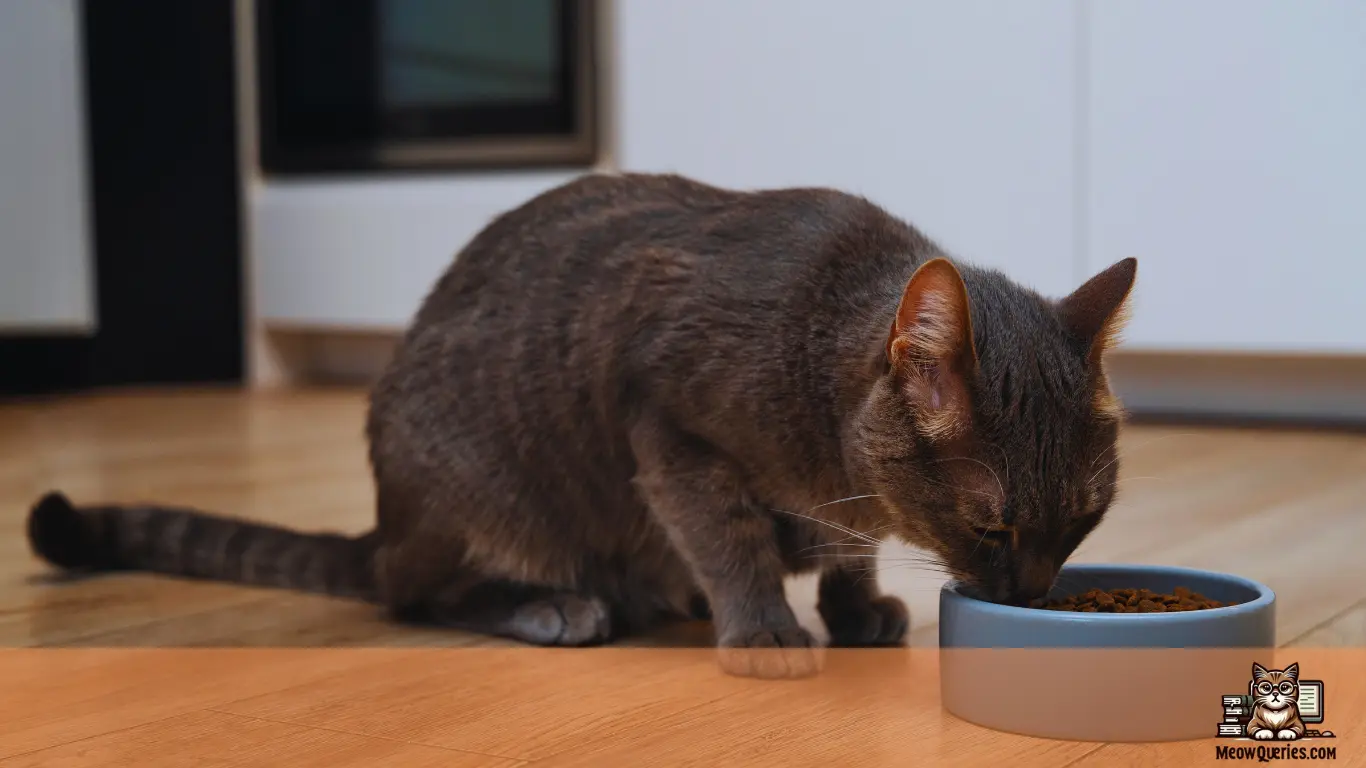
Canned food contains moisture and thus helps in digestion and does not cause constipation. It turns out that it is very easy to offer cats water this way.
Time to Go to the Veterinarian
If constipation has not resolved within 48 hours, then it’s time to go to the veterinarian. It’s essential to avoid developing conditions like megacolon and to know the cause of your cat’s constipation.
You May Also Like: Do Cats Like Seamoss
What Will My Vet Do for My Constipated Cat?
A physical examination may be done, and you may have to make an appointment with a veterinarian to diagnose faecal impaction. Treatment options may include:
- Writing a prescription for a laxative agent or a stool softener
- Giving medications to promote oral intake
- Suggesting modifications of such diets to avoid future occurrences
- The operation, particularly surgery, is best applied in severe cases of megacolon.
Conclusion
Treating constipation in cats includes; The first of which is hydration, the second one is fibre, and the third one is diet. From wet food, supplements like pumpkin, and water, you can avoid constipation and keep your cat’s gastrointestinal in good shape. Diagnosing these diseases early through consistent vet visits for your pet is important.
Frequently Asked Questions
What kind of high-fiber cat food is good for constipation?
Ans: Cat food that has high fibre helps cats have softer stools. Food to look for that has been labelled for digestive care or contains pumpkin or psyllium. ROYAL CANIN® Gastro Intestinal Fiber Response Cat Food is a good option.
How can I treat my cat’s constipation at home?
Ans: You can add more water and fibre to their food or try wet food. Tummy massages may be gentle.
Which oil can I give my cat for constipation?
Ans: Give a little, but a small amount of olive oil or coconut oil can help. Only use 1/4 tsp once in a while.
Is rice safe for cats with constipation?
Ans: Constipation could get better with rice. It may just harden stools. Instead, stick with fiber-rich foods.
Should I give milk to a constipated cat?
Ans: No, milk isn’t suitable for cats. It may cause them to get upset and things to get worse. Instead, try using water and fibre-rich foods.

